The sun has set. Gabrielle Chanel leaves her couture house at 31 rue Cambon, and walks to her suite at the Ritz on Place Vendôme, almost as if this familiar landscape is already part of her future.
As she comes up to the window, lighting a cigarette, who knows what she is looking at, what she is observing? Where on Place Vendôme she might rest her gaze, breathing in its air deeply as one might inhale the fragrance of a sprig of jasmine?
Who knows where her mind wanders as the streetlamps are lit one by one around the stone octagon, tracing its perfect geometry, barely touched by the silhouettes of passers-by?
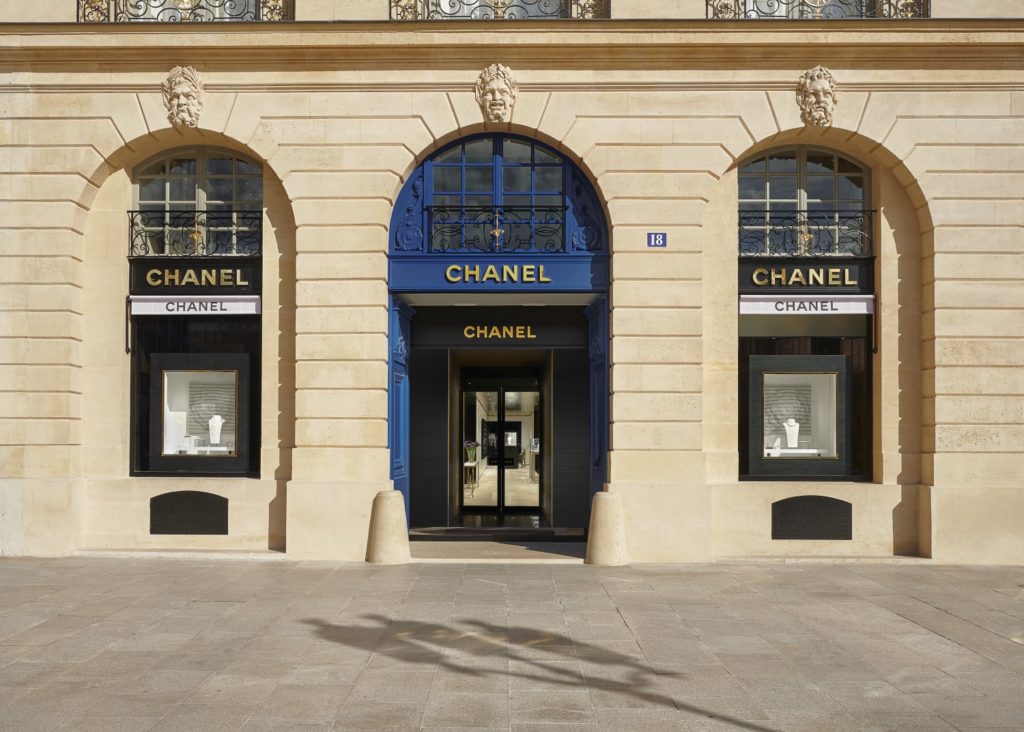
Gabrielle puts out her cigarette, takes off her shoes, and casts her gaze around the familiar square. At this time of day, in the shifting shadows of twilight, the townhouses are slowly dissolving in the velvety evening air. At this moment, Gabrielle cannot imagine that one of them, n°18 to be precise, will become the precious home of CHANEL.
Back in the beginning, in 1686, nothing hinted at such a destiny. The illustrious Mansart, architect of Versailles, designed the square to house the Academies and the Royal Library, with as its central feature an equestrian statue of Louis XIV. Now and then, the square was closed off to hold balls. Meanwhile, as was then the custom, its façades were erected even before anyone knew what would be put up behind them. Hence the building plot at n°18 had already had several owners by the time a certain Guillaume Cressart built his residence there in 1723.
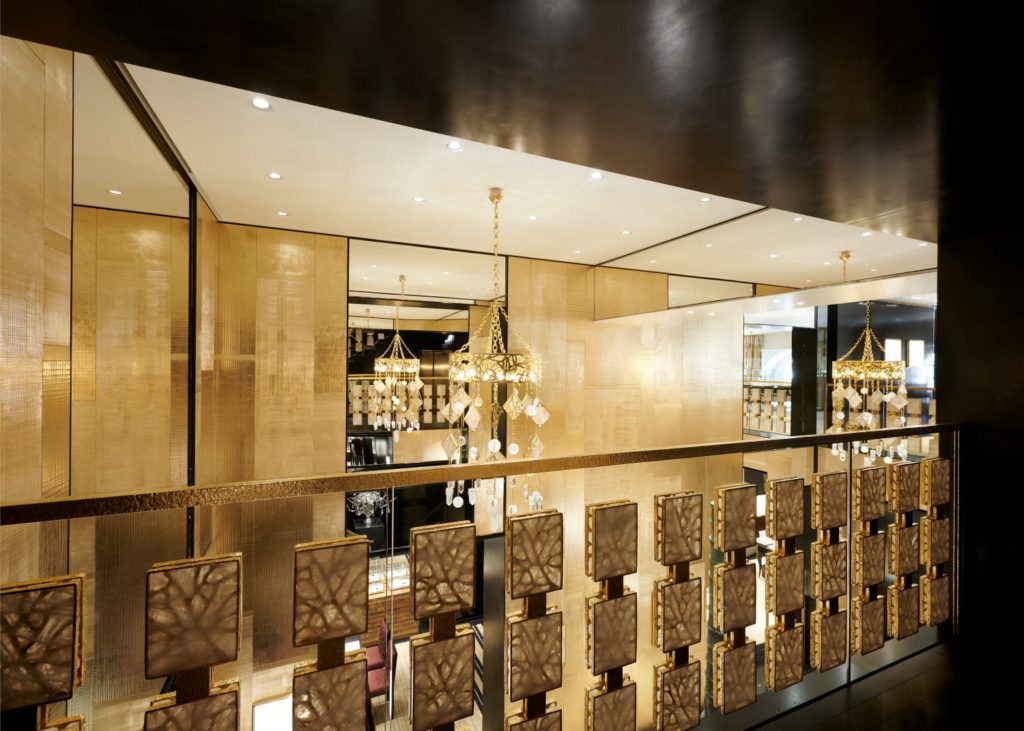
Experiencing mixed fortunes, under the Second Empire the townhouse became a club where fashionable young people would come to see shows and exhibitions or even to practice fencing. Over the centuries, its varied owners included the National Westminster Bank, a nod from fate to Gabrielle’s former love affair with Hugh Richard Arthur Grosvenor, second Duke of Westminster.
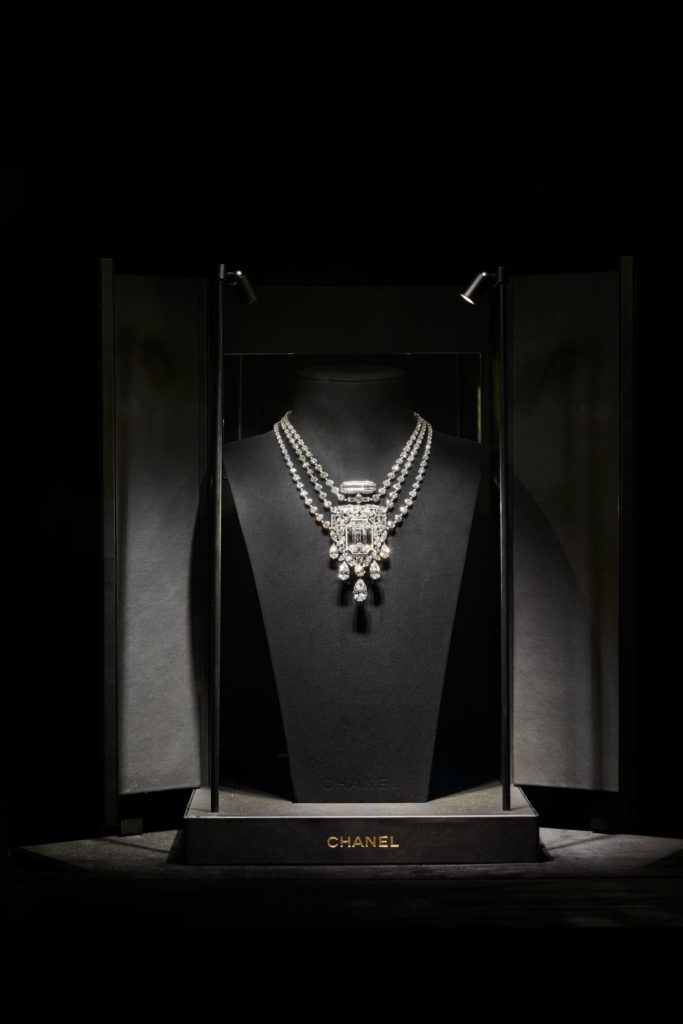
In 1997, following in Mademoiselle’s footsteps, CHANEL acquired the townhouse at n°18 and made it the setting for its jewelry and watchmaking: from the creative studios to the jewelry ateliers, from the Patrimoine collections to the boutique, this is where dreams become reality, where Arnaud Chastaingt shapes time and Patrice Leguéreau chisels dreams into jewelry.
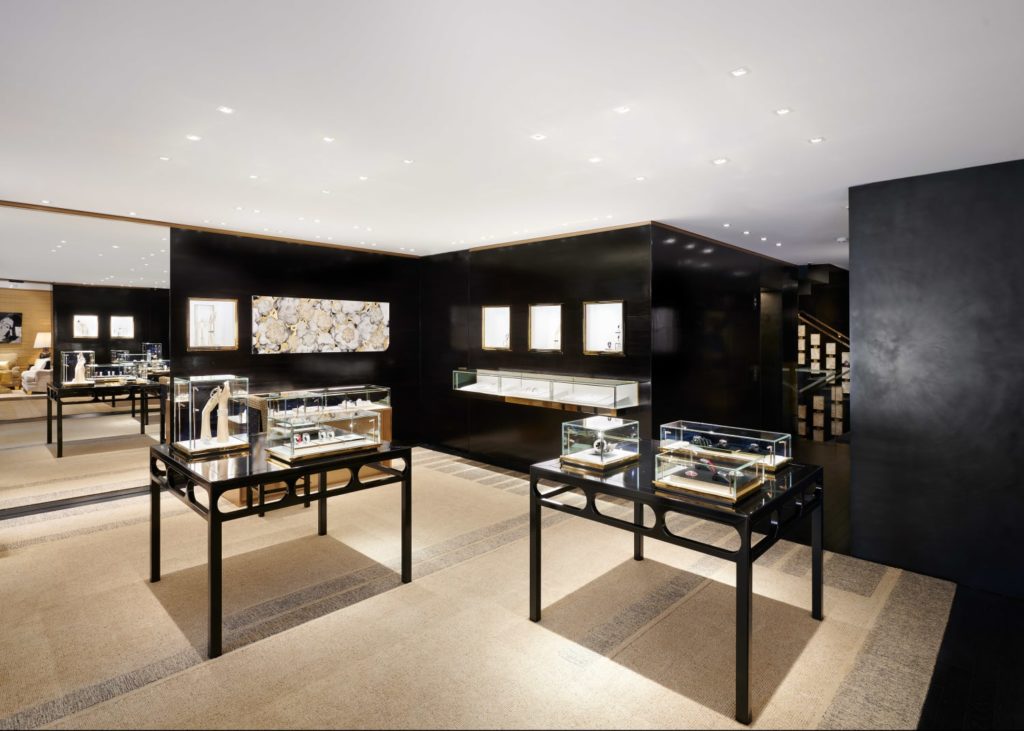
This is also where skilled artisans take the most precious of materials and the rarest of gemstones and give them life. And this is where, finally, visitors experience the magic of a building imbued with the spirit of Gabrielle Chanel: a living heritage where freedom and creativity have always reigned supreme.
Following year-long works, the celebrated American architect Peter Marino has reinvented, over three floors and for the second time, a completely new boutique. Sleek lines, a distilled concentration of arts and crafts, and an exceptional savoir-faire have come together to nurture a contemporary vision of the private world of Mademoiselle Chanel. Walking into n°18 and discovering it afresh is to enter her life’s journey, her world, and her dreams.
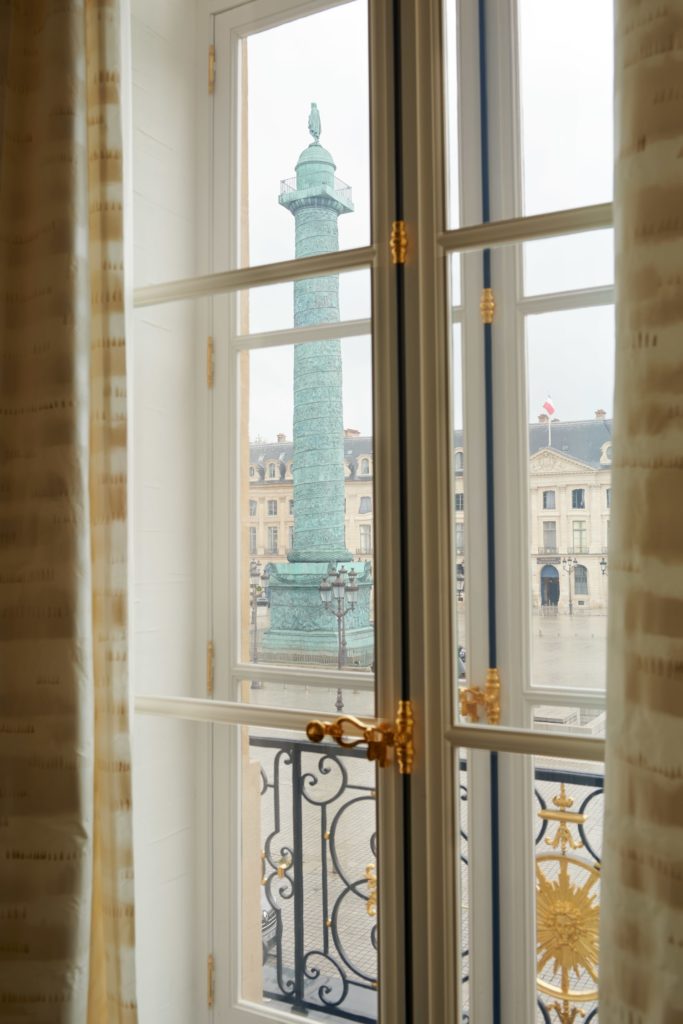
At the entrance, a vestibule with transparent walls seems to play with the spaces like a labyrinth, foreshadowing the ambience that awaits in the shades of gold, beige, and brown of its lacquer panels.
Drawn by the brilliance of the High Jewelry pieces glittering through the glass walls, the visitor’s gaze comes to rest on the boutique’s different perspectives, receding into the distance like a mise en abyme.
Visitors are greeted by an ethereal console by Delos & Ubiedo and ‘Eternal Movement’ by Idris Khan (2012).
On the right as you enter the boutique, imposing openwork screens in hammered bronze conceal the vitrines opening onto Place Vendôme, and structure the space into several salons.
The walls lined with black lacquer or relief motifs woven in gold evoke the apartment at 31 rue Cambon, its Coromandel screens and its walls dressed with golden hessian fabric.
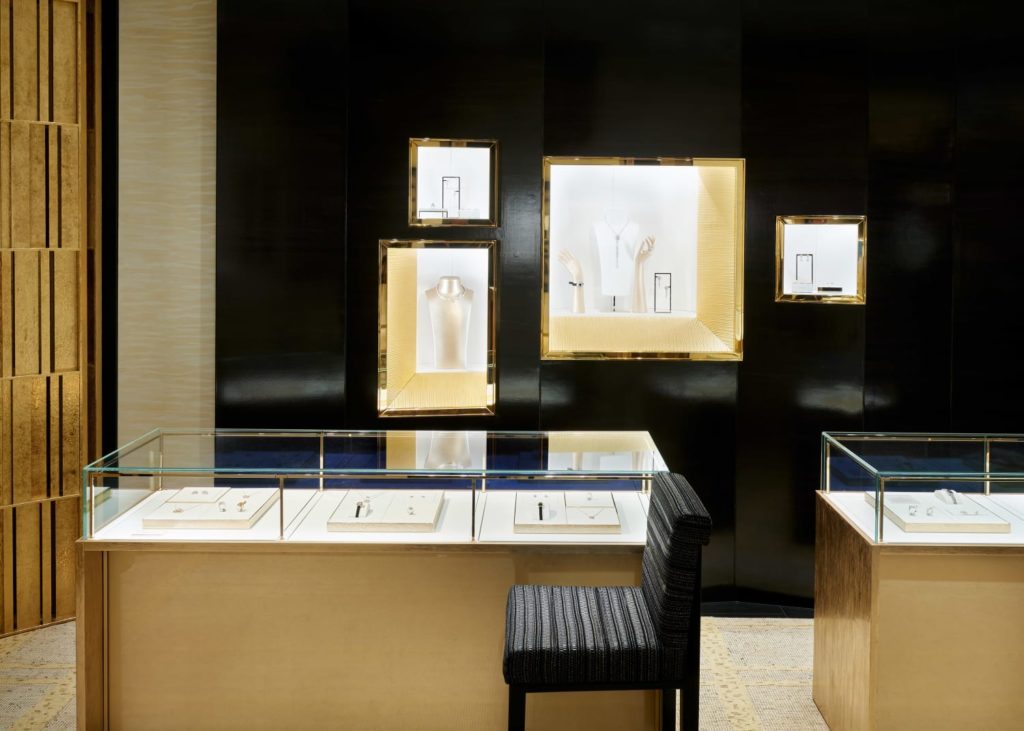
By freely associating periods and styles, the atmosphere is resolutely contemporary, with gilded bronze accents – on the table and window frames, on ornaments of the Louis XV offices and the chandeliers by Goossens. In the center, a magnificent atrium with gilded walls is the setting for Johan Creten’s bronze ‘La Borne’, nearly 3 meters tall and a spectacular figurative tribute to the Vendôme Column. Above, a huge mirror reflects the daylight, revealing glimpses of the new floor dedicated exclusively to the Fine Watchmaking collections.
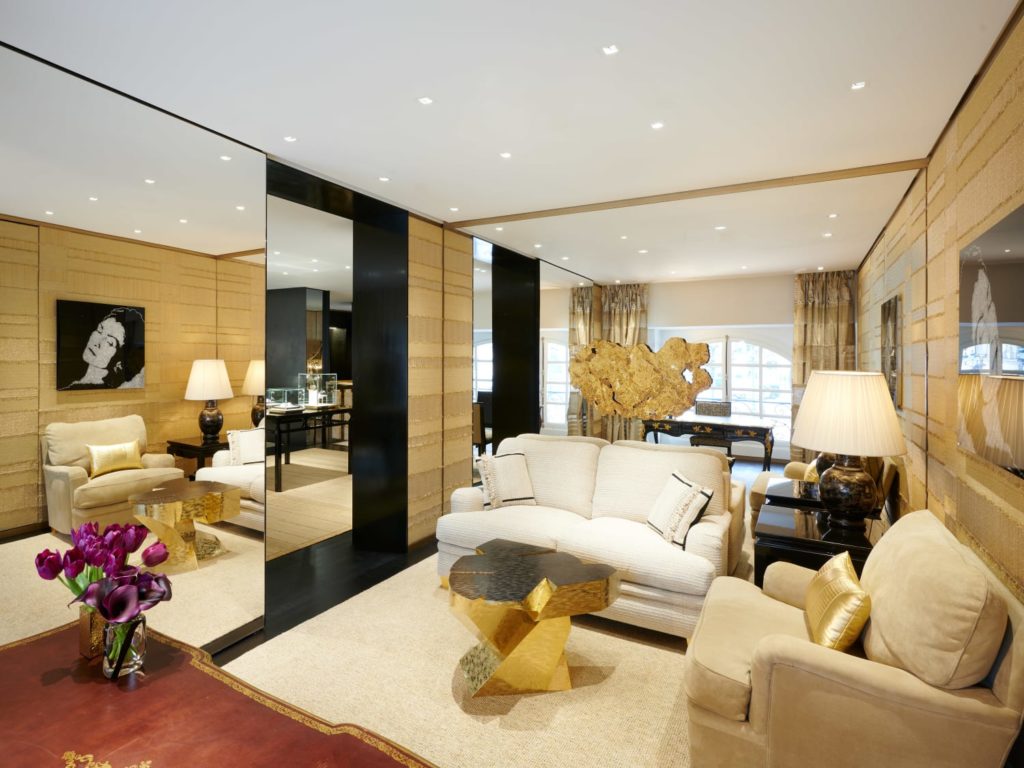
Towards the back, a fourth salon offers an unrestricted view of the boutique. A Goossens mirror framed with crystal pebbles reflects glimpses of gold and bronze from the furniture including a Mica coffee table by Ingrid Donat.
Exiting the salon, on the right, a bronze ‘Wapiti’ by François-Xavier Lalanne stands opposite a lift whose internal walls are decorated with facsimiles of three works by Picasso: « Still Life with a Violin » (1912), « Seated Man Reading a Newspaper » (1912), « Man with an umbrella reading a journal » (1914).
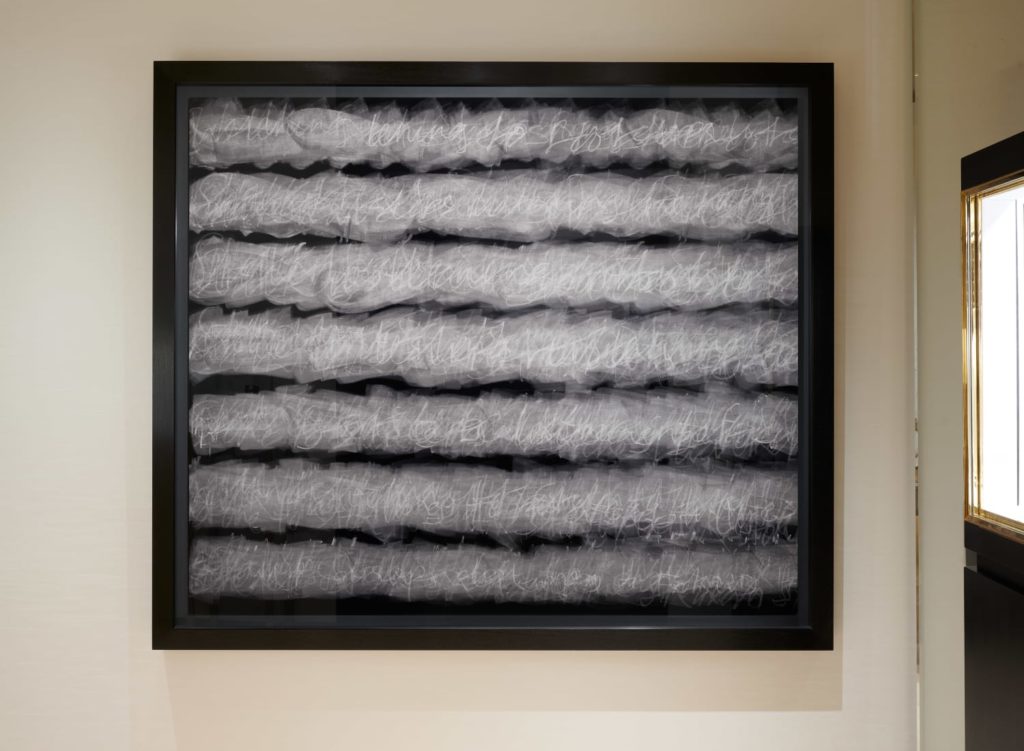
On the right of the lift, at the bottom of a staircase with clean lines and transparent balustrades decorated with crystal and gilded bronze rectangular cabochons, a contemporary silver steel sculpture ‘Coco Chandelier’ by Joel Morrison, especially created for the reopening of the boutique, invites the visitor to continue their journey.
On the first floor, three balustrades offer a bird’s eye view of the boutique.
The light of Place Vendôme streams in through the three main windows to reveal the most exceptional creations of Fine Watchmaking.
On the left, a ‘Colonnes’ by Farfelus Farfadets supports ‘New Neurose’, a unique piece by Johan Creten in glazed sandstone with a gold luster. In the centre of the room stands the ‘Hamada Low’ table in white bronze and a raw black oak by Jean-Luc Le Mounier.
Walls and tables in white or black lacquer highlight the gold accents of the seats and display cabinets.
The curtains alternate the effects of the materials used, the delicacy of taffeta with the naturalness of an open weave hessian, offer a captivating contrast. A horizontal collage by Peter Dayton plays on mesmerizing variations of the camellia, Mademoiselle Chanel’s favorite flower. A private salon offers an unrivaled view of the Vendôme Column. Hanging on the wall opposite the entrance is ‘Coco in Diamonds’, a portrait of Mademoiselle Chanel made out of diamonds by Vik Muniz.
Lined with mirrors and gold tweed, the walls are also embellished with a sculpture by Sophie Coryndon in 24-carat gold leaf, wood and jesmonite. A Louis XV bureau, a gilded table by Garrido, and a Chinese porcelain lamp inlaid with mother-of-pearl complete the ensemble.
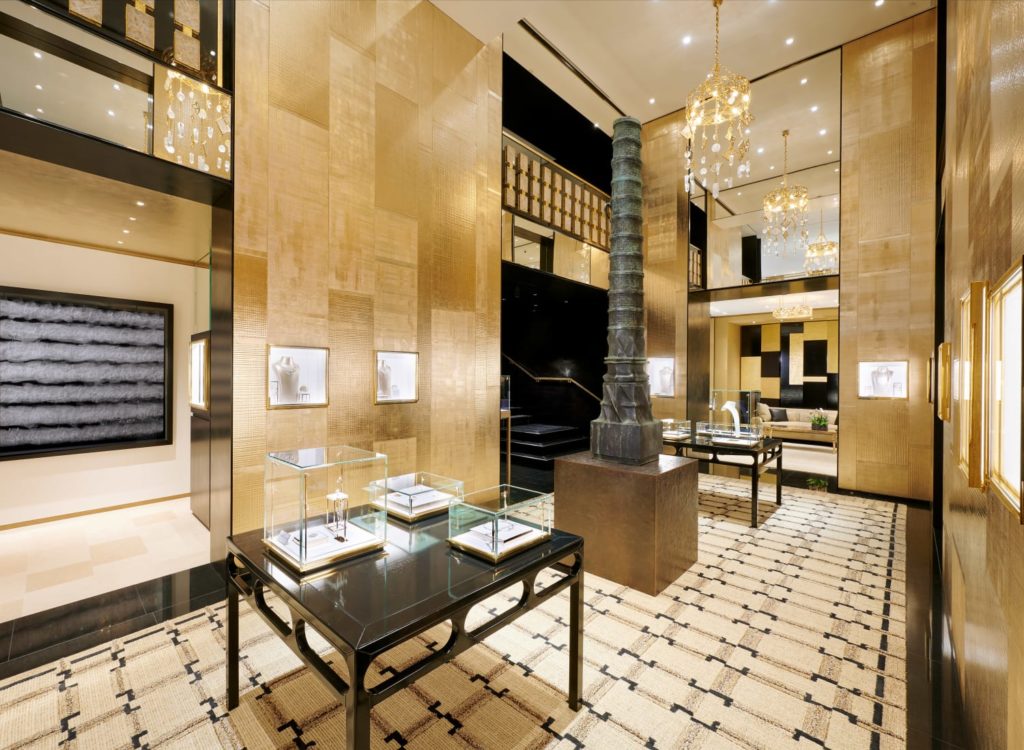
The journey continues up towards the second floor.
At the top of the stairs, a bench with gold leaf gilding by the artist Anthonioz invites a moment of contemplation. Opposite, on a hammered bronze console, a pair of vases hold arrangements of nineteenth-century Meiji-period flowers and lotus leaves in gilded wood.
The vestibule, like a safe, showcases an exceptional piece of High Jewelry from the CHANEL Patrimoine collection. Featuring a 55.55-carat custom-cut DFL Type IIa diamond, the N°5 necklace has found its home and is revealed enigmatically through mirrored walls. On the wall on the left of the vestibule, a painting in oil on burlap by Ha Chong-Hyun plays with the contrast of the ceiling covered with gold leaf and the walls in black and gold lacquer.
Revealing the Salon Vendôme, the four windows with painted beige silk curtains offer a powerful view over the square and the Vendôme Column.
On the right, the deep, vibrant textures of ‘Composition’, an imposing oil on canvas by Nicolas de Staël (1950), echo the lines and mineral universe of the square. The painting is reflected in a symmetrically placed mirror of the same width, enabling visitors to admire it from all angles. The matt white walls accentuated by subtle reliefs capture and subdue the natural light. A sculptural bronze armchair by Voukenas Petrides and a coffee table by Reda Amalou complete the space with their gold shine. Presiding over the centre of this sumptuous space is a long table in black oak with chairs in a light brushed oak.
Thus, over three levels, with beige, white, black, and gold singing in harmony, spaces opt for pared-back lines and materials, offering a discreet opulence. Some of these have been developed specifically for CHANEL, such as carpets and rugs, which evoke tweed patterns, and enhance the building’s feeling of comfort, warmth, and intimacy. Others pay homage to the world of CHANEL jewelry, with beige gold or gilded bronze adorning certain ceilings. Works by Peter Marino – a subtle presence in the boutique and placed here and there in the different spaces – underline the resolutely contemporary universe of this address.
Olivier Polge, CHANEL in-house Perfumer Creator, has imagined an exclusive olfactory identity with intense notes of amber mingled with the elegance of iris.



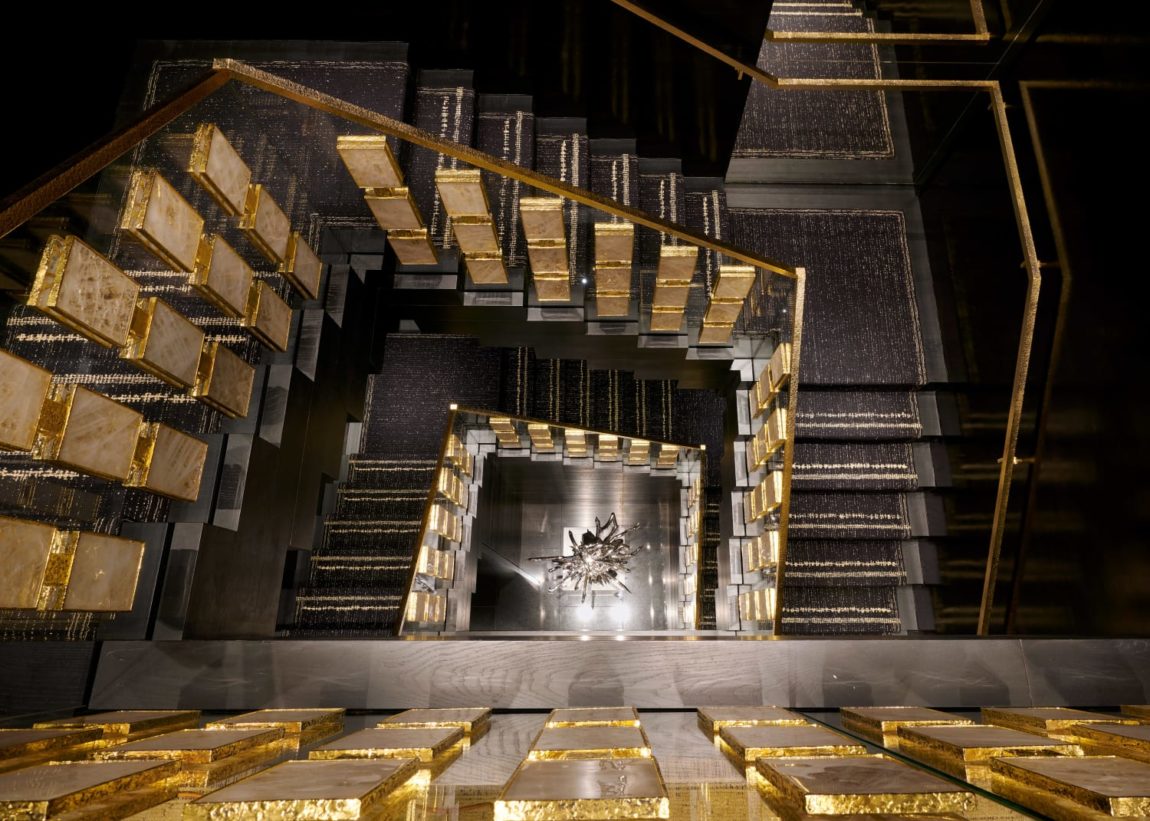
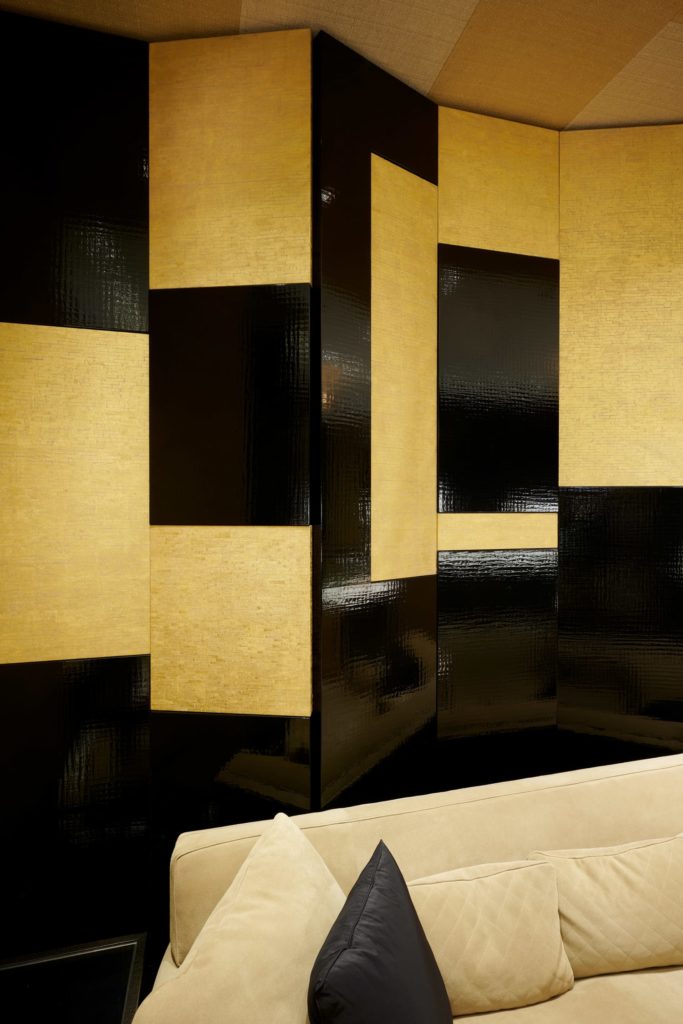
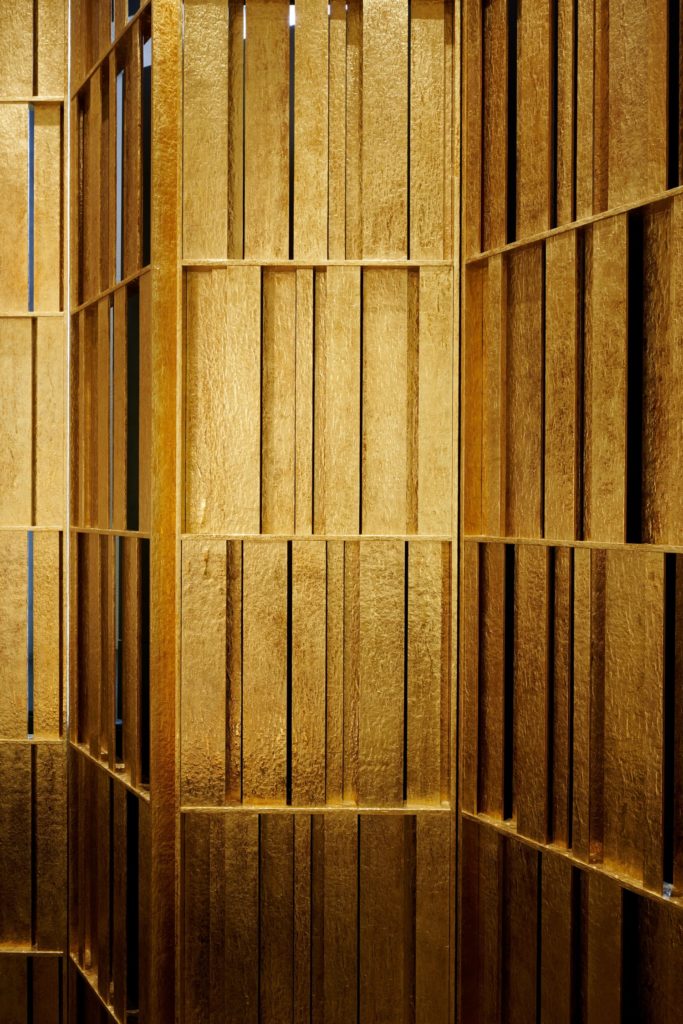



Comments are off this post!